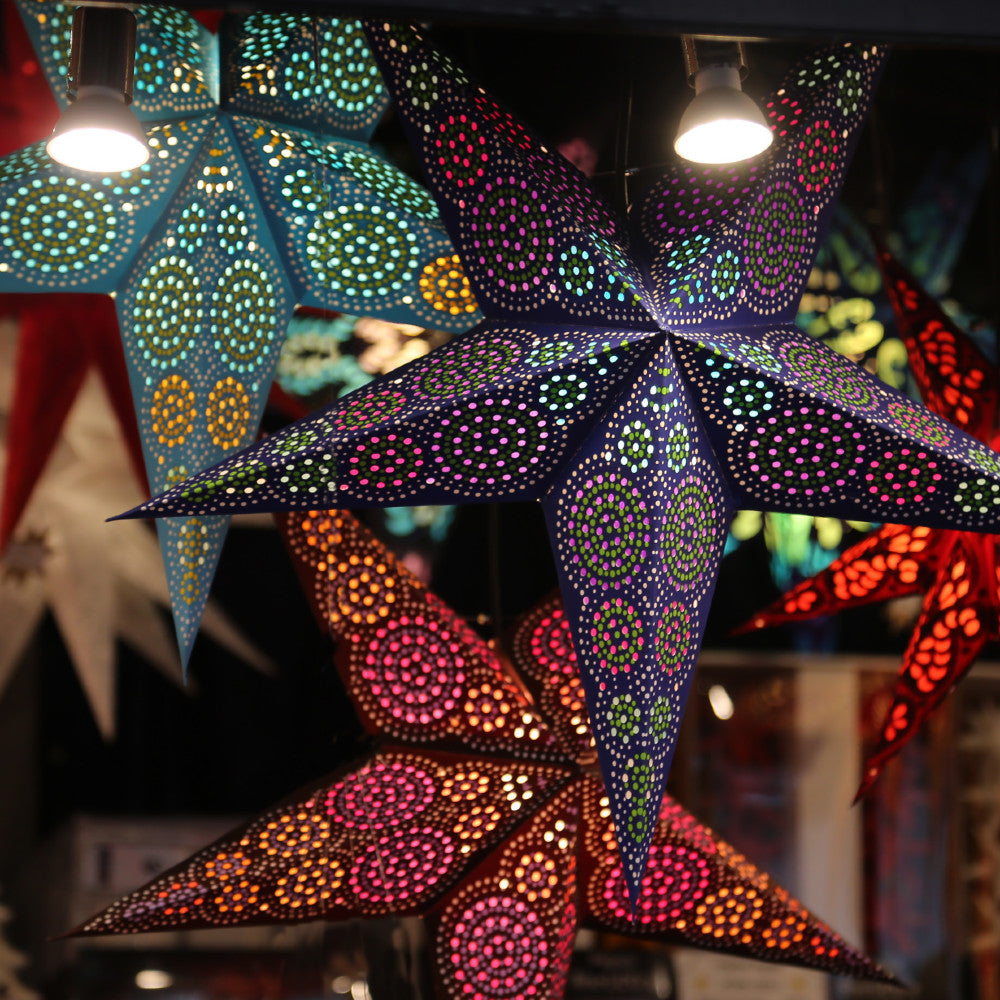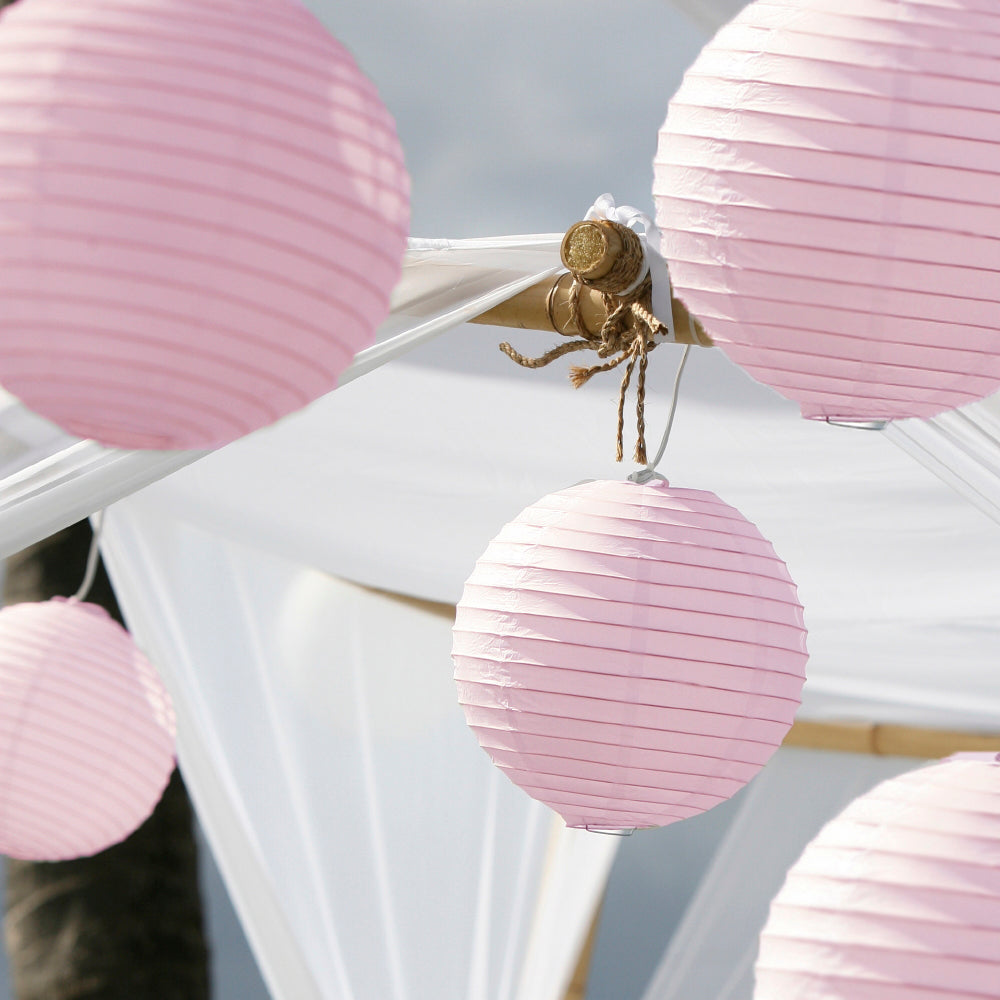
From the Depression Glass collection of Luna Bazaar
At some point in time, on a visit to Aunt Edna’s or Grandma Mimi’s, you may have seen a plate or candy dish made of pink or amber glass. If so, you were probably looking at Depression Glass. This easily recognizable glassware was manufactured during the Depression in a variety of colors including Coke bottle green, deep red, and cobalt blue, light blue, and clear.

table in her the sitting room. It was always filled with pepper- mint and butterscotch candies.
The Great Depression was a time of such economic stagnation, that companies were giving away glassware to encourage people to buy their products. Gas stations, furniture stores, and Quaker Oats were among those who took part in the giveaway. Quaker Oats would hide a piece of glassware at the bottom of the box of oats, like a prize in a Cracker Jack box. In fact, another name for Depression Glass is “Oatmeal Glass”.

Why would anyone buy any other kind of oatmeal when you could find a glassware “prize” at the bottom of a Quaker Oats box?
To get customers to continue buying their product, companies created sets of dishes that could be accumulated over time. Movie theatres started having weekly “Dish Nights” in which a cup, saucer, or plate was given to anyone who bought a ticket for the picture show. Few people could afford going to the movies, and households were cutting back on luxuries like new dishes, so “Dish Nights” were a big hit. Customers kept going back in order to complete the set.

It would take a lot of trips to the movies to collect this set of Depression Glass.
How could businesses afford to give away this attractive glassware? It was actually very inexpensive to manufacture. Almost all Depression Glass was mass-produced in the Midwestern United States, where raw materials were readily accessible, and the cost of power was low.

The Capstan Glass factory in Connelsville,
PA which later became Anchor Hocking,
a major manufacturer of Depression Glass.
The quality of the glass itself was low. For example, it could not be compared with fine leaded crystal. The glass was poured into a mold, and oftentimes there were rough edges or extra glass where the sides of the mold came together. With finer glassware, the rough edges are smoothed by hand after the glass cools. There was no additional hand work on Depression Glass, This made it even more economical to produce.

The ornate patterns of Depression Glass are raised.
How do you identify Depression Glass?
- It is translucent glass, with the exceptions of Milk Glass, Jadeite, and Black, which are opaque.
- It will be one of these colors: clear, pink, Coke bottle green, emerald green, topaz yellow, amber, cobalt blue, light blue, deep red, amethyst. The rarest color is orange.
- It is ornately patterned.
- The pattern is raised – you can feel the pattern on the surface of the glass.
- The glass is pressed in a mold, not hand-cut or etched.
Depression Glass-inspired candle holders and bud vases from Luna Bazaar come in pink and Coke bottle green. You can feel the raised pattern on each piece. Our selection ranges from small votives to 6-inch vases.Get the complete view here: http://www.lunabazaar.com/depression-style-vintage-glass-candle-holders.aspx












Leave a comment (all fields required)